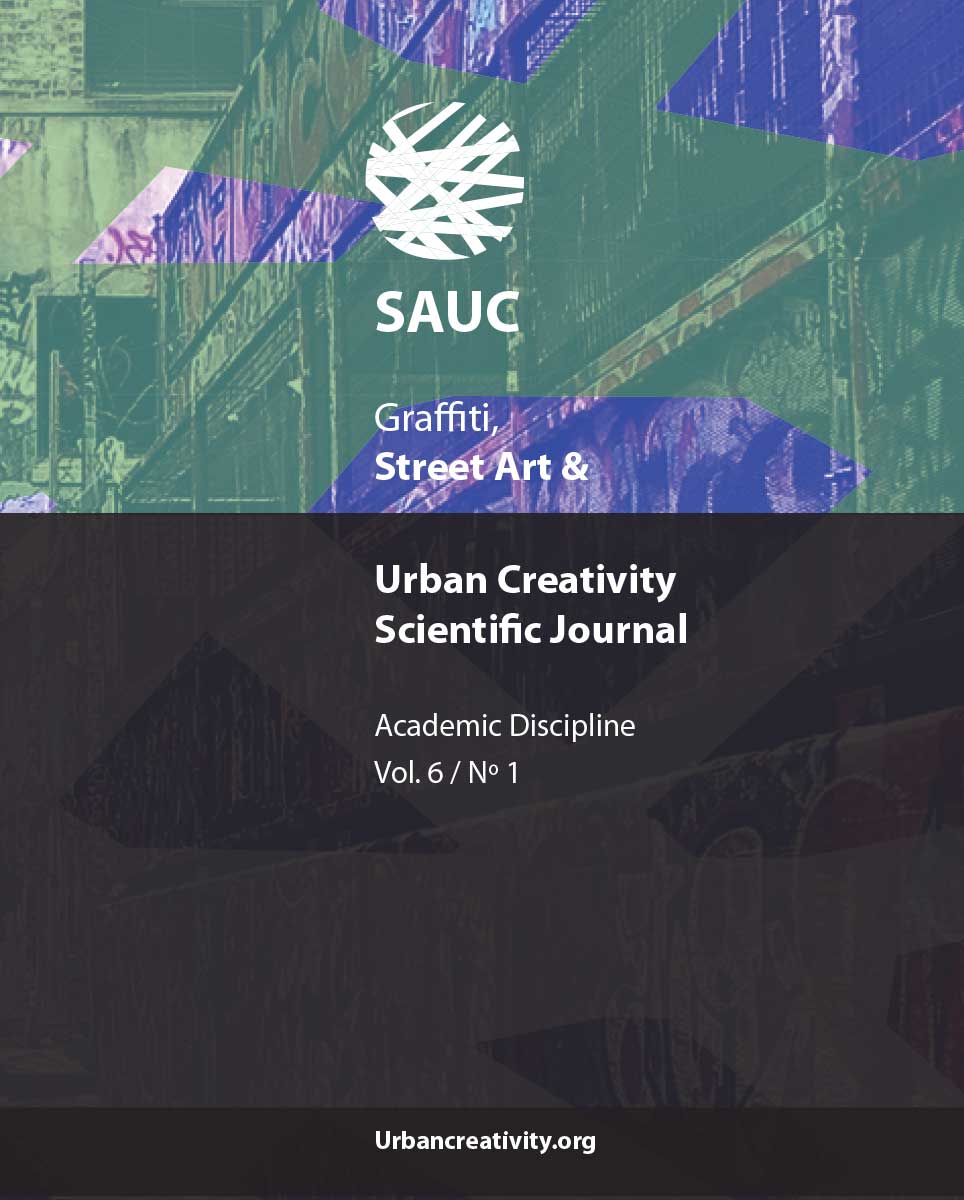Applying Contextualism in Designing Furniture, during the Process of Revitalizing the Historical Sites
DOI:
https://doi.org/10.25765/sauc.v6i1.243Palabras clave:
furniture design, historical site, revitalization, contextualism, PersepolisResumen
Revitalization is of crucial importance in revivifying historical sites and heritages. In most cases, it is associated with the reconstruction and restoration of a historical site and only considers its physical aspect, while the aspects concerning its value are not taken into consideration. However, historical sites require elements, such as environmental furniture, as a factor connecting unique historical heritages and audiences. This study, which is a systematic effort towards considering the design of environmental furniture in the process of revitalization, is applied research with a descriptive approach that evaluates the furniture existing in Persepolis based on library studies and field observations and emphasizes heeding the importance of design in terms of functions, esthetics, and semiotics in historical sites. Therefore, by explaining the patterns in the contextualism approach, an effort has been made to present solutions for designing, so that the designed furniture and equipment help understand the message of the design context. According to the results, in the process of designing the furniture for historical sites, esthetic and semiotics must be heeded in addition to functions. Therefore, the visual and functional expectations of the audience (tourists) are met during their presence, and the achieved harmony allows for a better understanding of the site’s identity.
Descargas
Estadísticas globales ℹ️
|
162
Visualizaciones
|
38
Descargas
|
|
200
Total
|
|
Descargas
Publicado
Cómo citar
Número
Sección
Licencia
Los autores/as que publiquen en esta revista aceptan las siguientes condiciones:
- Los autores/as conservan los derechos de autor.
- Los autores/as ceden a la revista el derecho de la primera publicación. La revista también posee los derechos de edición.
- Todos los contenidos publicados se regulan mediante una Licencia Atribución/Reconocimiento-SinDerivados 4.0 Internacional. Acceda a la versión informativa y texto legal de la licencia. En virtud de ello, se permite a terceros utilizar lo publicado siempre que mencionen la autoría del trabajo y a la primera publicación en esta revista. Si transforma el material, no podrá distribuir el trabajo modificado.
- Los autores/as pueden realizar otros acuerdos contractuales independientes y adicionales para la distribución no exclusiva de la versión del artículo publicado en esta revista (p. ej., incluirlo en un repositorio institucional o publicarlo en un libro) siempre que indiquen claramente que el trabajo se publicó por primera vez en esta revista.
- Se permite y recomienda a los autores/as a publicar su trabajo en Internet (por ejemplo en páginas institucionales o personales), una vez publicado en la revista y citando a la misma ya que puede conducir a intercambios productivos y a una mayor y más rápida difusión del trabajo publicado (vea The Effect of Open Access).













